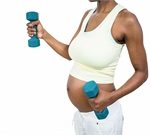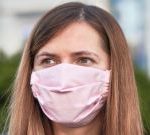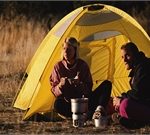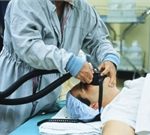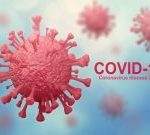
The World Health Organization recorded the largest single-day worldwide increase in coronavirus cases on Sunday, with Brazil and the United States logging the biggest jumps in infections. More than 183,000 new cases were reported around the globe in the past 24 hours, with Brazil’s daily tally hitting 54,771 and the United States following closely behind with 36,617 new cases, CBS News reported. More than two-thirds of new COVID-19 deaths were reported in the Americas, the network reported. Experts say rising case counts reflect both more testing, as well as the spread of new infections. In the United States, the resurgence in infections isn’t a “second wave,” but instead a continuation of the first wave of outbreaks, they noted. “When you have 20,000-plus infections per day, how can you talk about a second wave?” Dr. Anthony Fauci, the nation’s top infectious diseases expert, told the Associated Press. “We’re in the first wave. Let’s get out of the first wave before you have a second wave.” Nationwide, cases have risen 15 percent over the past two weeks, with the most significant increases reported in the South, West and Midwest, The New York Times reported. However, overall deaths have dropped dramatically, with the 14-day average down 43 percent as of Sunday. That drop is likely rooted in improved hospital treatment protocols, experts said. In California, where Gov. Gavin… read on >










